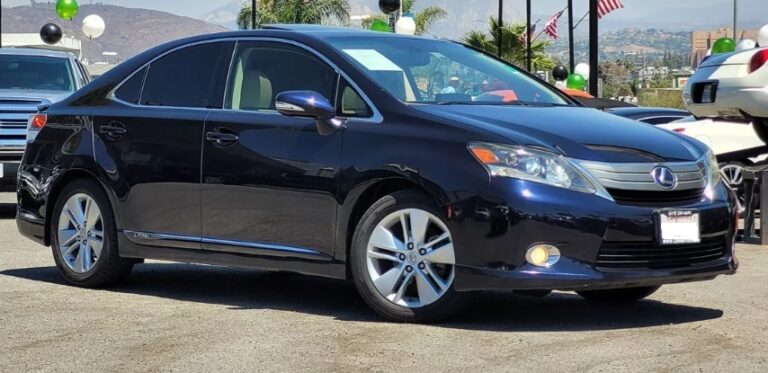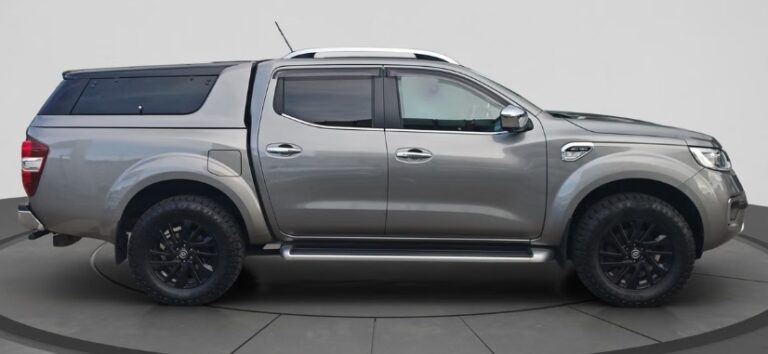The Evolution of the Daewoo Lacetti
The Daewoo Lacetti stands as a significant model in the history of South Korean automotive manufacturing, representing a period of rapid growth and international expansion for Daewoo Motors. Launched in the early 2000s, the Lacetti was designed to compete in the compact car segment globally, particularly targeting markets in Europe, Asia, and North America. Its evolution over the years reflects advances in automotive technology, shifting consumer preferences, and the strategic repositioning of Daewoo as part of General Motors’ global portfolio.
Origins and Introduction (2002–2004)
Launch and Initial Models
The Daewoo Lacetti was officially introduced in 2002 as a replacement for the Daewoo Nubira and Espero models. It was developed through a joint venture between Daewoo and GM, with the intention of creating a globally competitive compact car platform. The initial Lacetti lineup included several body styles, notably the hatchback, sedan, and station wagon, designed to appeal to diverse markets.
Design and Engineering
Built on the GM T-car platform, the Lacetti showcased modern styling for the early 2000s, featuring aerodynamic lines and a contemporary front grille. The vehicle was engineered to meet various international safety standards and was equipped with a range of petrol and diesel engines, depending on the market.
Trim Levels and Variants
In its initial release, the Lacetti was offered primarily in base and mid-range trims, with options for additional features. These included:
- Base models: Equipped with essential features such as manual windows, fabric seats, and basic audio systems.
- Higher trims: Included power accessories, upgraded audio, air conditioning, and sometimes leather upholstery.
Expansion and Model Refinements (2004–2008)
Facelift and Design Updates
Between 2004 and 2008, the Lacetti underwent a mid-cycle facelift that refreshed its front and rear styling, aligning it more closely with contemporary GM design language. The updates included a redesigned grille, new headlights, and taillights, as well as interior improvements aimed at enhancing comfort and quality.
Engine Options and Performance
During this period, the Lacetti continued to offer a variety of engines:
- Petrol Engines:
- 1.4L DOHC I4
- 1.6L DOHC I4
- 1.8L DOHC I4 (more common in European markets)
- 2.0L Ecotec I4 (introduced in some markets)
- Diesel Engines:
- 1.7L CDTi turbodiesel
Transmission Options
The transmission lineup included 5-speed manual and 4-speed automatic gearboxes, with some markets receiving a 6-speed manual or automatic transmission options as technology advanced.
Model and Trim Levels
The Lacetti’s trims evolved to offer more features and options, often tailored to regional preferences:
- LS: The base trim, providing essential features and good value.
- LT: Mid-range trim with added comfort and convenience features.
- LTZ or CDX: Top-tier trims, featuring leather upholstery, alloy wheels, upgraded audio, climate control, and safety features such as ABS and airbags.
In some markets, special editions and sportier variants appeared, such as the Lacetti Sport or SR models, emphasizing sporty handling and aesthetics.
Transition to the Nubira and Rebranding (2008–2010)
Rebranding and Market Strategy
In 2008, Daewoo was acquired by General Motors, and the Lacetti was gradually phased out in favor of badge-engineered models under the Chevrolet brand, which was GM’s primary global brand at the time. The Lacetti nameplate persisted mainly in certain markets like South Korea and parts of Asia until around 2010.
Continued Production and Variants
Throughout its production run, the Lacetti remained a versatile vehicle, with some markets receiving additional variants such as:
- Sedan and hatchback versions continuing alongside each other.
- Sport models featuring sport-tuned suspensions and distinctive styling cues.
- Eco-friendly variants with improved fuel efficiency and emissions.
.
MANY auto lovers not only spend time in their garages to tinker on their autos, but have other projects going on in there as well. Wood working is a popular pastime for the creative type of individual. Not sure what to make next? Or thinking about getting into this kind of hobby? There’s lots of possibilities… Here’s some of them…

.
Aftermarket and Legacy
Global Reach and Influence
The Daewoo Lacetti was sold in numerous countries, including South Korea, the United Kingdom, Australia, and various Asian markets. Its affordability, practicality, and relatively modern design made it a popular choice among budget-conscious consumers.
Replacement and Discontinuation
By 2010, the Lacetti was largely replaced by Chevrolet models such as the Cruze and Aveo, which inherited much of its platform and engineering. However, the Lacetti’s legacy persists in the form of its influence on subsequent GM compact vehicles and its role in establishing South Korea as a competitive player in the global automotive industry.
Summary of Models and Trim Levels
| Year | Model/Body Style | Trim Levels | Notable Features |
|---|---|---|---|
| 2002–2004 | Sedan, Hatchback, Station Wagon | Base, Mid-range | Basic features, manual transmission, variety of engines |
| 2004–2008 | Sedan, Hatchback, Station Wagon | LS, LT, LTZ/CDX, Sport/SR | Styling refresh, safety features, more comfort options |
| 2008–2010 | Continued in some markets | Similar trims, badge-engineered | Focus on affordability, regional variants |
Conclusion
The Daewoo Lacetti’s evolution from a modest compact to a globally recognized model encapsulates a period of significant growth and transformation for Daewoo Motors and GM’s international strategy. Its development highlights the importance of adaptable platform design, regional customization, and the shift toward more sophisticated features in compact cars. While production officially ceased around 2010, the Lacetti’s influence endures in the design philosophies and engineering standards of subsequent GM models. Today, enthusiasts and automotive historians regard it as a symbol of South Korea’s rise in the automotive industry and GM’s global expansion efforts.








